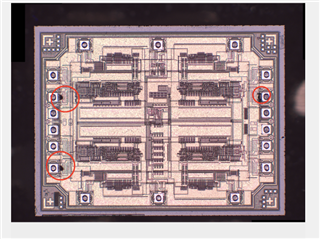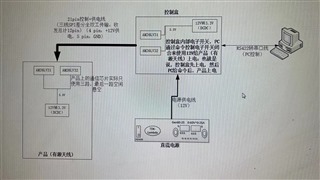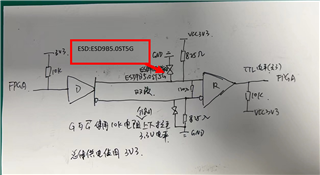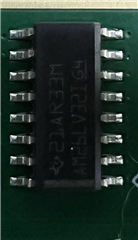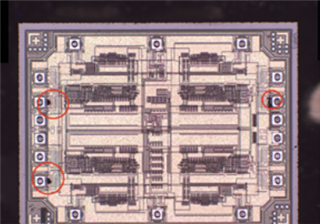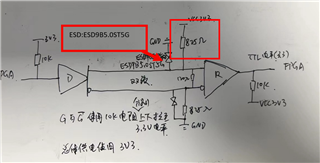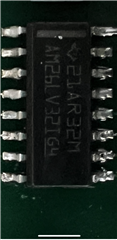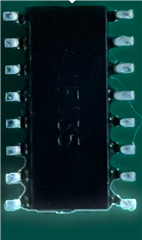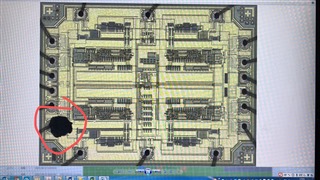Other Parts Discussed in Thread: AM26LV31, , STRIKE, AM26LV32
1. The receiver chip will burn out during the inter-board communication between the AM26LV32E receiver and the AM26LV31 driver interface chip. And the board is hot.
2. During our use, the receiver differential input fusing phenomenon occurs (it can be clearly seen after the chip is opened); A similar phenomenon occurs with driver AM26LV31, but driver AM26LV31 is less likely to have problems than receiver AM26LV32E.
3. When using, the plates are interconnected by differential lines about 2m long, and no resistors are connected in series on the lines; The chip is powered by a 12-to-3.3 DCDC, a differential pair termination resistor of 120Ω, and an 825 ohm pull-up configuration on the receiver differential pair. Each terminal of the chip is pulled up through a 10k resistor and directly connected to the FPGA.
4. The receiver does not do any ESD protection circuit.
After the fault, we monitored the differential input and power supply on the normal board for a long time, and did not get a relatively abnormal signal!
We want to know why this chip is fusing? Or is it possible to guess the possible cause of failure or give us some suggestions for troubleshooting according to the internal circuit of the chip? Are there any suggestions to help us avoid this failure?
